The Value-Driven Aluminium Product Development (VALUE) research project aims to discover new and innovative uses for this remarkable metal. The team wants to solve existing problems and show new possibilities while leveraging its natural part in the circular economy.
Aluminium: The superhero of metals
Its lightweight, malleable nature means aluminium is present throughout our daily lives, from wrapping up leftover food to wiring and electronic products. It’s also recyclable, so much so that the latest Apple laptops are made from waste aluminium.
Norway produces a large tonnage of aluminium every year and there is large untapped potential for adding value in all manner of products and applications. With that in mind, VALUE has some interesting themes:
- Uncovering and developing new applications for aluminium
- Collaborative co-creation and value driven innovation
- Agile product development
- Innovative knowledge-based (lean) development and portfolio management
Why do we need aluminium research?
VALUE will identify cases and demonstrators where aluminium can play a role in future products. It will also develop, test and verify new models and frameworks to bring such innovations to a technology readiness level of interest for industry.
The overall goal of the project is to develop new insights, models and capabilities for accelerated, value-driven innovation of aluminium products, tested and verified in a research environment that enhances collaboration between academia and industry, as well as industry sectors.
Aluminium research: New applications
During the second half of 2019 we worked on a couple of projects researching the possibilities of new applications of aluminium, in the scope of VALUE. The first was together with Hydro.
Hydro saw an interesting potential in using downgraded aluminium as reinforcement of concrete. One major challenge to overcome, was that traditional cement is strongly alkaline and corrodes aluminium. This was solved with the help of the project DARE2C with Hydro as project leader and SINTEF, NTNU, Norcem and Overhalla Betongbygg as partners, and with invaluable support from the Norwegian Research Council.
From a design perspective there are a couple of interesting possibilities in using aluminium as reinforcement of objects made out of concrete.
We no longer have the problem with rust and corrosion. This means the reinforcement can have a two fold function: both as an internal structure, but also as an external function.
To demonstrate this possibility, it was decided to make a bench in concrete were the aluminium structure had both an aesthetic and a functional value. Based on a design brief from Hydro, the project went through an iterative idea phase discussed within the team. Then further on to 3D visualisation and finished CAD-drawings.
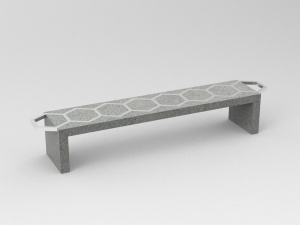
The aluminium reinforcement takes shape as an hexagonal structure flush with the upper surface. This extends beyond the length of the bench at both ends and creates a natural place for wastebasket or an umbrella stand if you may. The decision is yours! In addition, the contrast between the rough concrete and the shiny aluminium creates an interesting interplay between surface and colour.
How aluminium can help solve cement’s sustainability challenge
With concrete made of a new type of cement and reinforced with aluminium, one could build slimmer concrete structures and open a new world of design opportunities. Such a material could also solve the cement industry’s carbon dioxide challenge.
Read more on the combination of aluminium and cement at Hydro’s website
Aluminium research: new products
Besides the project with Hydro, we also worked on a project with Lena Metall, researching the possibilities of new applications of aluminium.
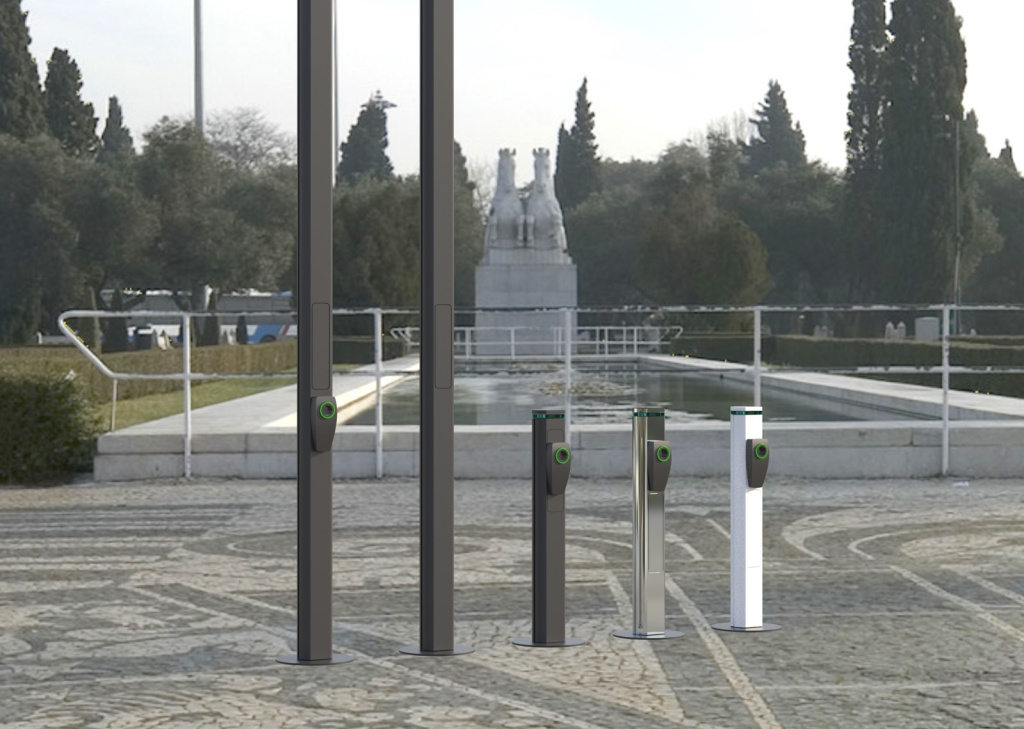
Lena Metall is a machining factory in Østre Toten creating many different products in aluminium, for a wide range of applications and customers, among them masts of different sizes and applications.
Traditional masts are often made out of wood and treated with creosote, a rather poisonous substance used to make the masts withstand the forces of nature. In addition, woodpeckers create damage to traditional masts in the range of several million each year.
Lena Metall asked us to do research into the positive effects of creating masts in aluminium.
Based on a design brief from the company, the project went through an iterative idea phase discussed within the team. Of importance was research into different extrusion profiles, to maximize form and function. Then further on to 3D visualization, and finished CAD-drawings for strength testing.
The result of the project was a family of products ranging from tall masts with a height of 8-12 meters to shorter with a height of around 1-1,5 meters.
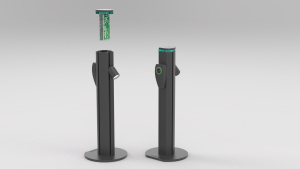
Flexibility in extruding the masts gives the possibility of creating a range of products with the same extrusion tool. In the project, we visualised a family of products ranging from lighting masts to charging posts. Since the products share the same profile, they instantly get a «family identity» which is an added benefit. Using the same anodised colour adds to this.
We could even imagine creating other products that naturally would fit in, like park benches and outdoor exercise equipment.
Both research projects demonstrate the possible use of aluminium, utilising the material’s inherent visual and functional qualities.
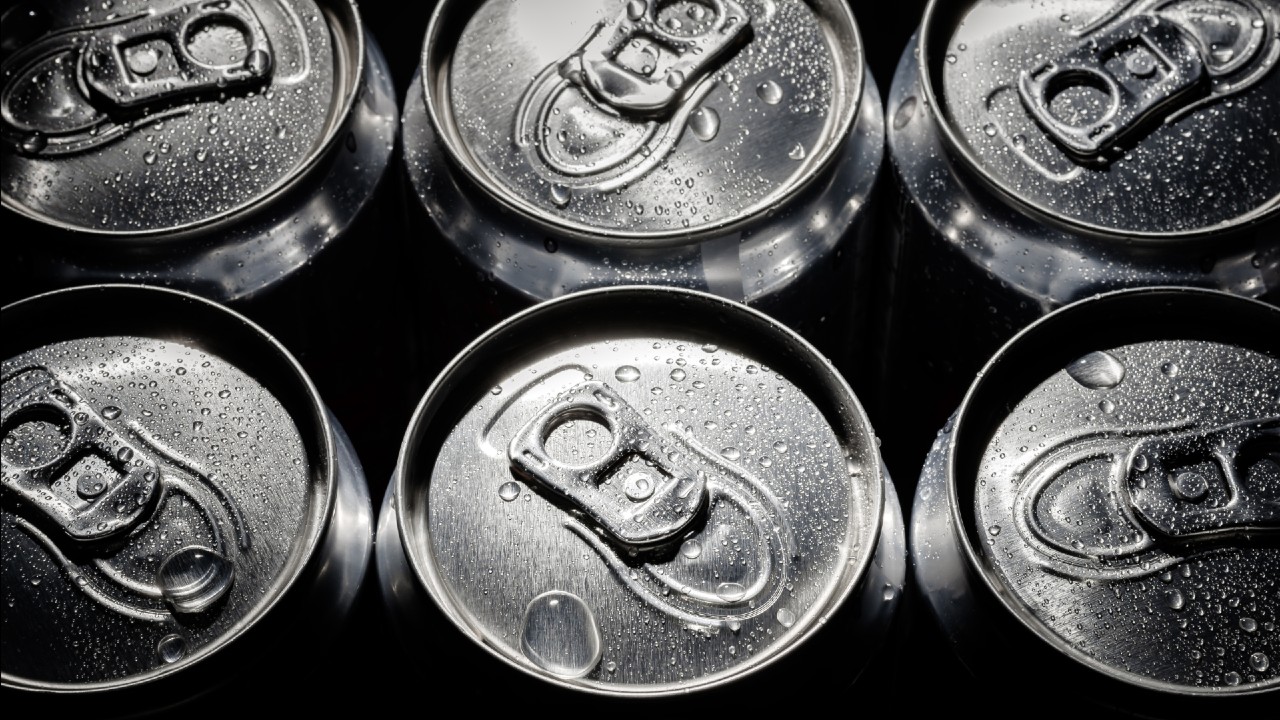
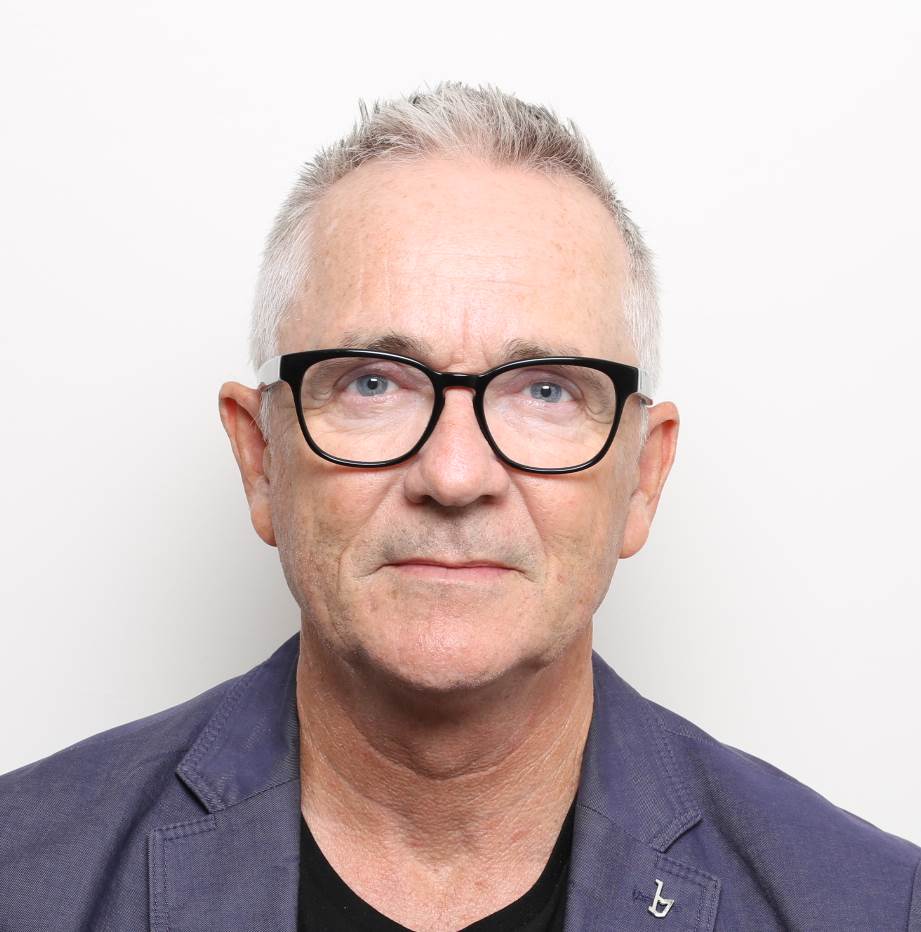
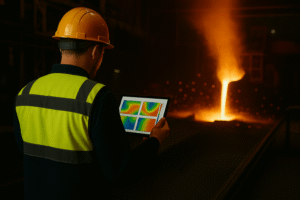
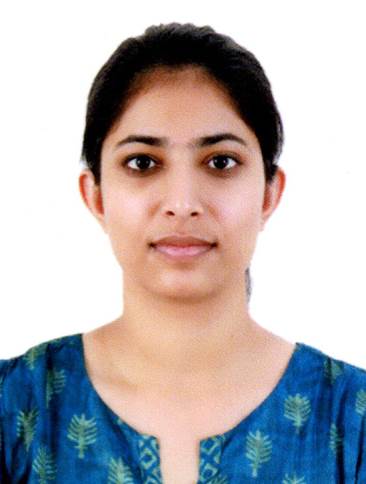


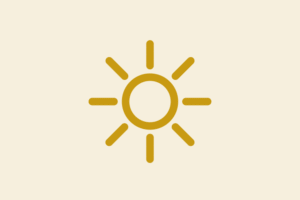

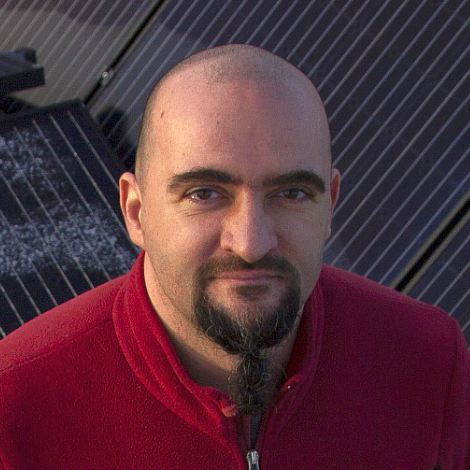
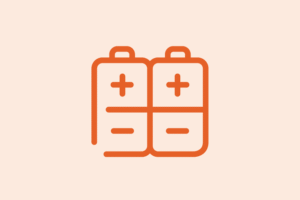

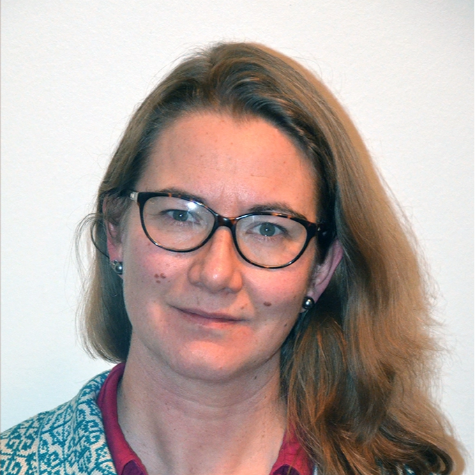


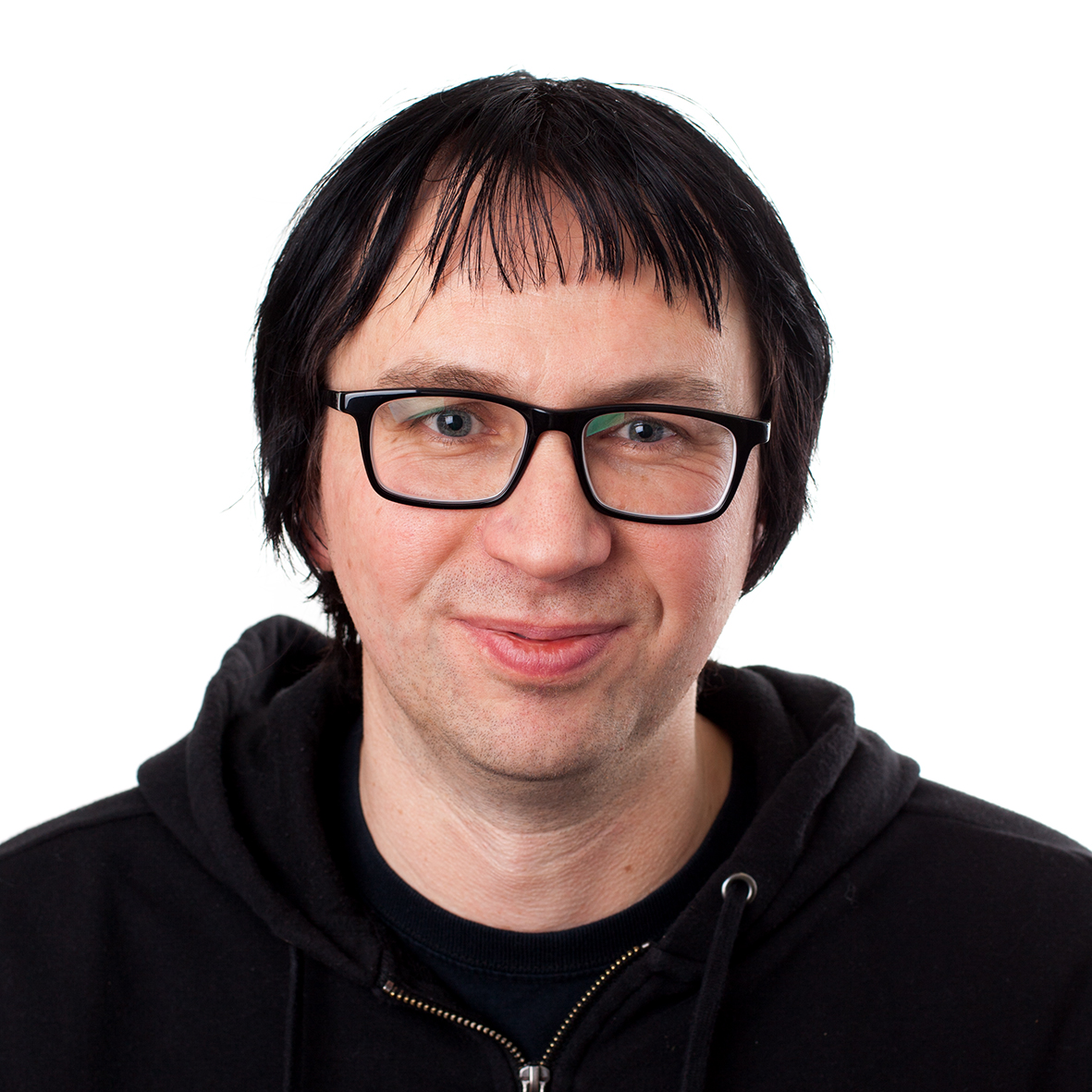
Comments
Awesome Information really enjoyed it